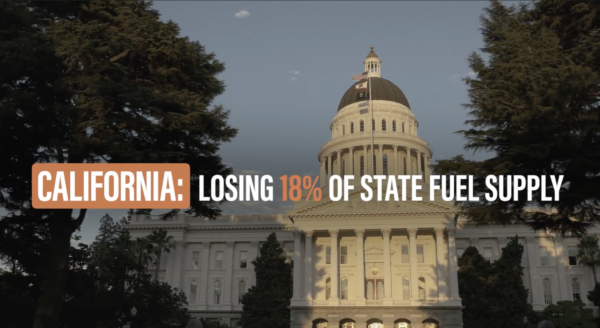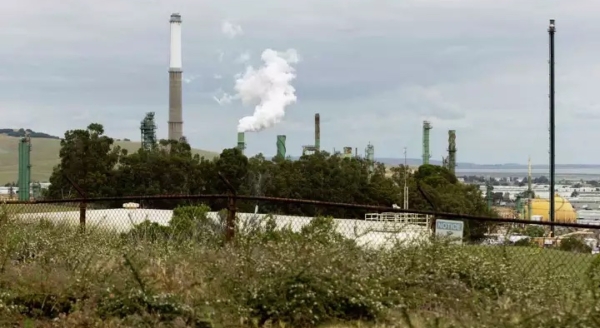Critics argue that local governments in California should expand minimum setback distances for production activities to promote health and safety, often pointing to examples from outside the state as justification.
- “California is the only state to allow oil drilling in close proximity to homes, schools, and other sensitive sites without even a minimum set-back requirement.” – Mothers Out Front (San Jose Mercury News, May 11, 2018)
- The Los Angeles County Department of Public Health consulted with several jurisdictions outside California to inform their February 2018 report, “Public Health and Safety Risks of Oil and Gas Facilities in Los Angeles County.” These jurisdictions included Arlington, Dallas, and Fort Worth, Texas; Oklahoma City, Oklahoma; Santa Fe County, New Mexico; and the State of Colorado. The DPH report cited the fact that these jurisdictions were using setbacks as part of its rationale for recommending setbacks in Los Angeles County.
- “Unconscionably, California has no statewide policy limiting the proximity of oil and gas wells to homes and vulnerable areas like schools, parks, and hospitals.” – Elected Officials to Protect California
However, DRILLING DOWN, the facts show:
- In addition to having city and county minimum setback distances, Los Angeles oil and gas producers operate under the most stringent emission control regulations in the world. These regulations are enforced by the California Air Resources Board (CARB) and South Coast Air Quality Management District (SCAQMD) to improve air quality. Other jurisdictions don’t have these emission control regulations in place to protect public health and instead use setbacks.
- Arguments in favor of setbacks often compare California to jurisdictions with far less stringent emission control strategies than what is required by CARB and SCAQMD. Air permits for Los Angeles producers specify the following leading emission controls: vapor recovery on tanks and vessels; vapor control on compressors; use of instrument air on pneumatic devices; and leak detection and repair on components not covered by federal regulations. Other states and countries do not require these measures and instead institute setbacks. (Technical Review of Current Emission Control Regulations by Jurisdiction, GSI Environmental, February 2018)
- Jurisdictions like Texas and Colorado have high pressure wells that can flow to surface, which explains their use of longer setback distances. Indeed, many of the jurisdictions applauded by activists for having setbacks operate high-pressure gas wells, which are hugely dissimilar to the low-pressure oil wells operated in Los Angeles. (Technical Review of Current Emission Control Regulations by Jurisdiction, GSI Environmental, February 2018)
Activists and others pointing to jurisdictions outside California to argue in favor of setbacks fail to tell the full story. Setbacks are not the only way or the best way to protect health and safety. While some jurisdictions use setbacks due to the lack of other oversight, local and state agencies in California regulate every step of the production process. In sum, oil and gas production in Los Angeles occurs under the most rigorous environmental regulations and health protections in the world.


